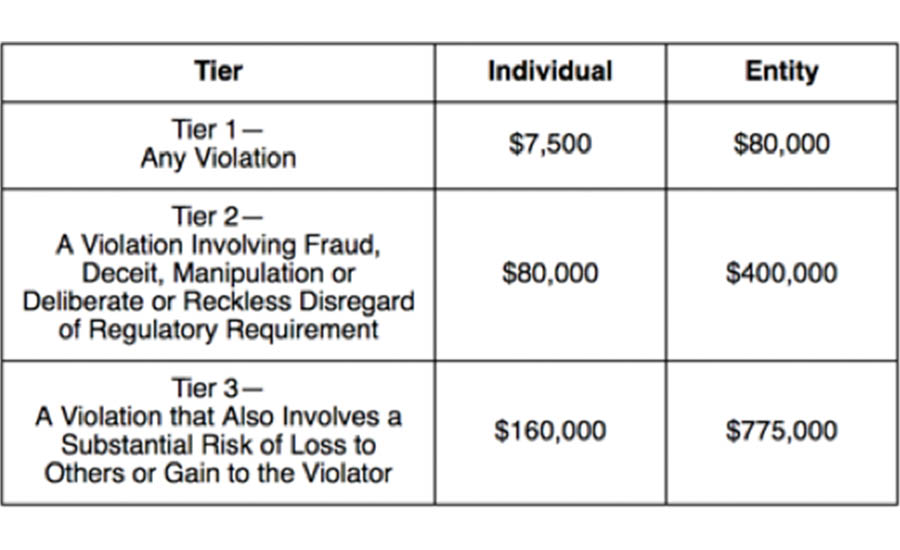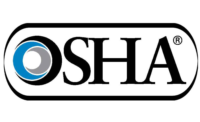Dan Petersen, one of the great thinkers in the history of occupational safety, in a 2005 book, “Measurement of Safety Performance,” tore apart the traditional barometers of safety performance, the OSHA total case incident rate, total lost-workday cases, fatalities and other measures. All are based on cases per 100 full-time employees. The national total incident rate was 2.9 injury and illness cases per 100 full-time employees in 2016.
Petersen cited four flaws in using these numbers:
- In smaller units the rates have little statistical validity and measures luck, not performance;
- The rates do not tell you if you are improving your safety systems;
- The measures are not diagnostic. They don’t suggest why an organization is performing better or worse.
- The measures do not tell you what you need to do to fix what’s wrong with your safety program.
Said Petersen: “You’re not going to gain anything by just measuring your failures.”
Struggling for consensus
For decades now – starting years before Petersen wrote his 2005 book – many safety and health pros have acknowledged the limitations of these time-worn performance measures -- lagging indicators. Pros have brainstormed, held roundtables and formed task forces trying to develop more accurate and credible key performance indicators.
In 2018, no alternatives have been widely adopted. Many pros support reporting leading indicators – activities that do influence the quality of safety performance, such as audits, risk assessments and hazards mitigated. But use of these measures is mostly confined to large corporations with sophisticated safety and health programs.
This lack of alternatives to the flawed OSHA measures hinders safety pros in communicating performance results to senior leaders, and to the public. Many Fortune 500 companies publish safety scorecards using the familiar OSHA metrics in their annual reports. But as this month’s cover story (page 31) points out, few members of the public have any idea what total incident rates or lost-workday rates mean. And now there is a hot debate: should OSHA publicize these performance measures for individual worksites on its website?
What to do? How should the public, company management and workers best be apprised of the level of safety performance of an organization?
“Give me raw numbers”
“I would rather see OSHA provide raw numbers: ‘Company X had 1,256 injuries last year; 204 of those injuries were severe enough to cause the injured worker to either miss work or work on medical restrictions; and three of the workers died’," says safety pro Phil LaDuke.
Peter Sandman, now retired and for decades one the country’s leading risk communication experts, advocates picking two or three metrics that will give employees, prospective employees, shareholders, policy-makers and others the best quick handle on a company’s or industry’s safety record.
SEC-like reports
Another idea: safety performance reporting that is more in line with the Securities and Exchange Commission (SEC) reporting required of all public companies. That’s safety pro James Leemann’s line of thinking. He proposes quarterly and year-end safety and health reports that would include:
- A Business & Safety and Health Section containing a discussion of the company’s business(s) (What does the company do?) along with a discussion of the company’s safety and health program.
- Safety & Health Data, Statistics, and Trends are the detailed presentation of raw S&H data, statistics, trends, etc.
- Risk Factors pages list everything that could possibly go wrong with the company from a safety and health perspective. Risk factors must be included in the year-end report, but they are not required for the quarterly reports, if there haven’t been any material changes to the risk factors.
- Management Discussion and Analysis (MD&A) pages contain a narrative about what the company is doing to address identified safety and health risks; the material changes in the income statement; and the statement of cash flows that could or would be affected by addressing these risks.
Says Leemann: “This would force management to be directly engaged on at least a quarterly basis to thoroughly review what is going on in their firm from a safety and health perspective. And management would have to squarely look at the financial aspects of addressing the risks causing injuries.”
He adds: “Adhering to the SEC format, the same penalties should apply to a false submission on a Quarterly or Year-End 10Q or 10K report. If you want to get management’s attention, jump into their personal or corporate wallet.” Here’s the penalty chart:

Accentuate the positives
Dr. E. Scott Geller, author of numerous safety books and longtime safety consultant, takes another tact:
“I believe answers to the following questions need to be recorded and tracked to put safety in a more proactive, success-seeking mode:
- How many safety suggestions were submitted last month, and what percentage of these suggestions led to a safety-improvement change in environmental, policy, or management factors?
- What is the percentage of injury-protectionvs. injury-preventionbehaviors observed per department in the organization?
- What safety-related system factors were uncovered from the behavior-focused, peer-to-peer observation and coaching process?
- What percentage of the workforce are trained behavior-based safety coaches, and how many employees are coached for occupational safety and health per month?
- How many close calls are reported per month and analyzed systematically to uncover system factors that need to be modified for improved injury prevention?
- What system/culture improvements have occurred as a function of close-call analyses?
Where’s the will?
As you see, there is no dearth of ideas for improving performance metrics. What’s missing is the will to change recordkeeping practices that go back almost 50 years. It’s a tall order. OSHA rates are all many executives know about safety; they’re comfortable with these numbers and see no reason for a major overhaul. A dramatic restructuring of recordkeeping would require OSHA rulemaking, industry-wide acceptance, a massive education effort, and overcoming the safety and health profession’s fragmented practices and innate conservatism.
There are better ways to score performance, but there’s no real will or urgency to do it on a national level. Sadly, I think this reflects the widespread lack of urgency many companies give safety in general.
Dave Johnson, Editor





